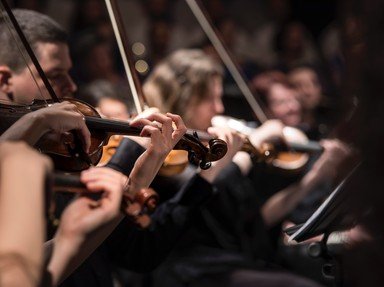
All About The Girl Trivia Quiz
Women's Names in Classical Music
Queens and empresses, saints, scorned lovers and peasant girls are women that inspired some of the most beautiful classical music pieces. Match the composition with the girl's name to the composer.
A matching quiz
by tiye.
Estimated time: 3 mins.